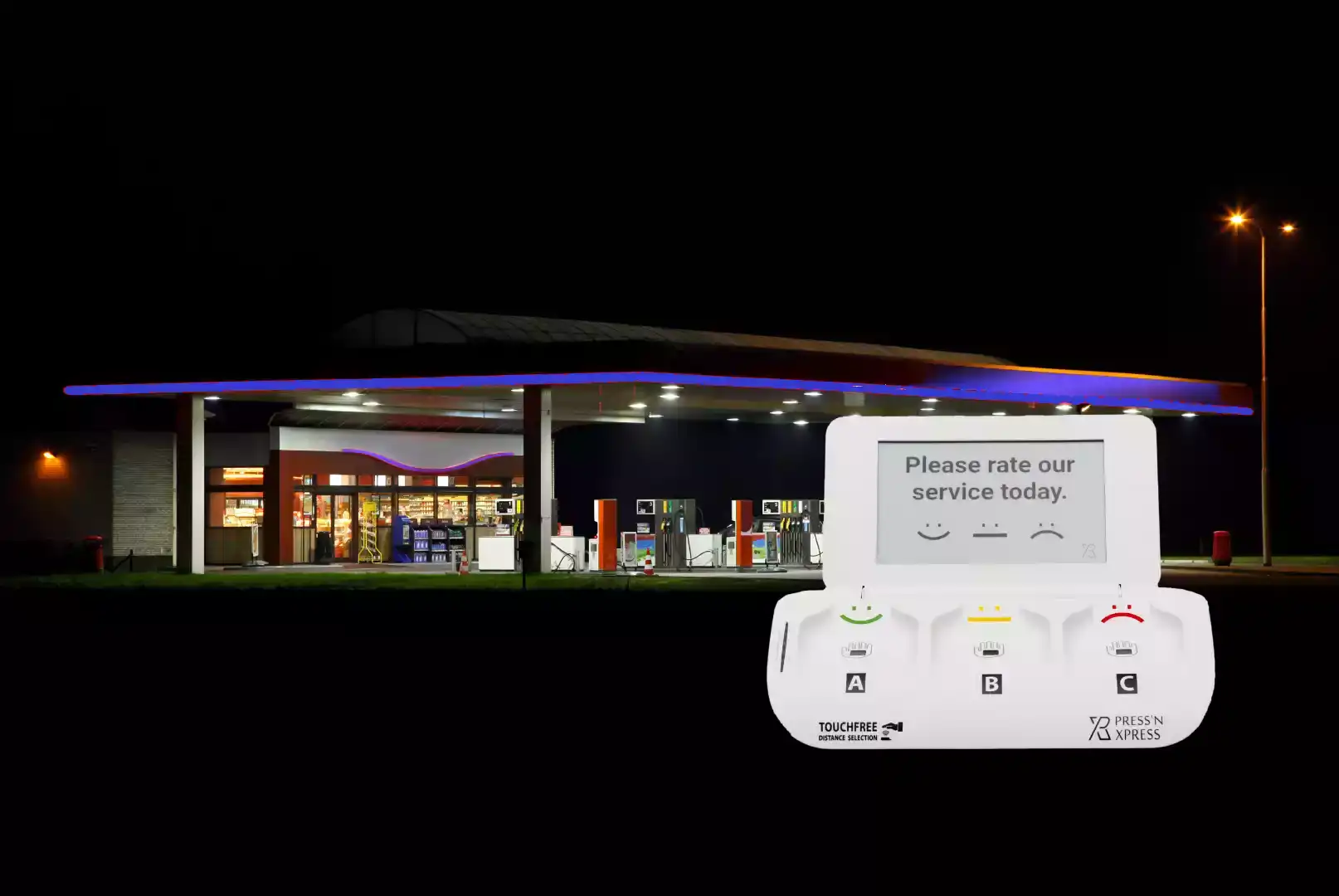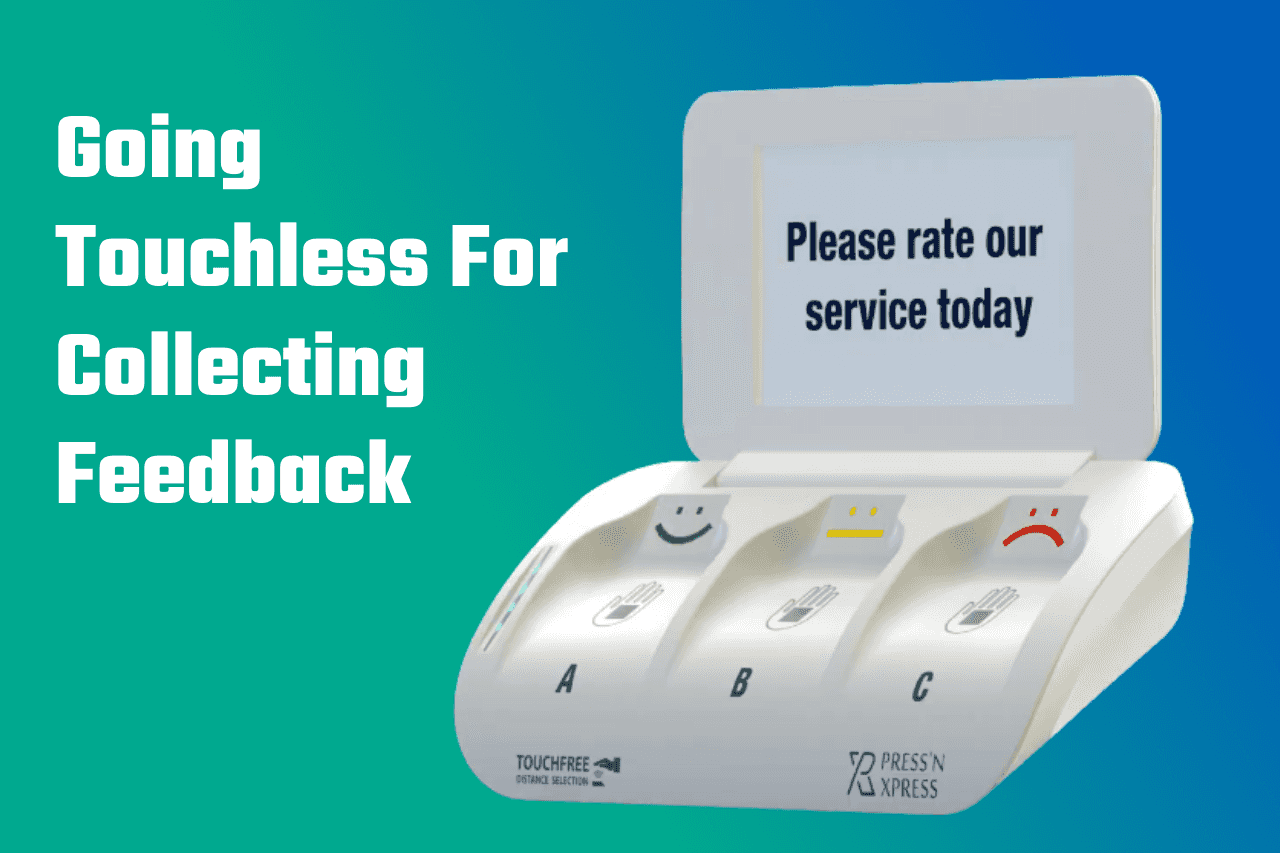
Connecting the Dots: Linking Customer Feedback with Retail Metrics
Today, customer experience has become a key competitive differentiator in the retail industry. With consumers having unlimited options, delivering exceptional experiences is imperative for retailers to foster loyalty and stand out.
This makes gathering regular customer feedback through channels like feedback kiosks invaluable. Strategically placed feedback kiosks allow retailers to capture real-time customer sentiments at the point of experience. But merely collecting data is not enough and to drive impactful decisions, retailers need to analyze feedback kiosk data in conjunction with operational metrics. Correlating customer sentiments from kiosks with crucial business metrics uncovers deep insights that can transform retail operations and performance.
Let’s explore key operational data points and how correlating them with customer feedback from kiosks can unlock a goldmine of actionable insights for retailers.
Analyzing Foot Traffic Trends
Foot traffic is a critical indicator of the popularity and performance of a retail store. Analyzing foot traffic data provides valuable information on customer volume during busy periods versus slow times. However, this metric alone doesn’t reveal the complete picture.
By pairing foot traffic data with customer feedback from kiosks, retailers can uncover deeper insights. Kiosk customer feedback during peak hours may highlight pain points like long queues, lack of assistance, or checkout bottlenecks due to high volumes. Correlating foot traffic with customer feedback kiosk data allows retailers to pinpoint areas of improvement during rush hour periods.
For example, a home goods retailer correlated feedback data from their customer satisfaction kiosks with foot traffic numbers on weekends. They discovered that customers were frustrated with long wait times and inability to locate staff when the store was most crowded. Using these insights, the retailer realigned employee schedules to have maximum floor staff during weekends. They also set up self-checkout counters to ease main checkout lines. These simple yet data-driven moves increased weekend customer satisfaction by over 17%.
The value of correlating foot traffic and kiosk feedback is immense. It enables retailers to identify optimal staffing levels, arrange store layouts efficiently, adjust operating hours, and provide quick assistance during peak times. The improvements directly enhance the customer experience while handling high shopper volume.
Evaluating Staff Availability and Service
The number of employees available on the sales floor plays a big role in delivering positive customer experiences. Short staffing during busy periods often results in customers unable to find assistance, creating dissatisfaction.
Examining customer feedback from kiosks highlights how staff availability impacts service quality. Does negative feedback spike during certain times of day or days of the week? Correlating this with store traffic and staffing numbers reveals whether inadequate floor employee presence is responsible.
For instance, a retailer noticed a rise in complaints about lack of available store associates during weekday afternoons. Analyzing staff schedules showed that employees going off-duty usually exceeded those coming in to take over. By staggering handover times, they ensured sufficient floor staff was maintained throughout the day. This simple tweak led to a 5% increase in customer satisfaction within two weeks.
Moreover, correlating employee numbers with kiosk data helps identify needs for additional hiring, cross-training employees to support other departments, or adjusting staff distribution across store areas. Taking feedback-driven staffing decisions leads to improved customer service on the sales floor and at checkout lines.

Monitoring Customer Spending Habits
Purchase amounts are a critical indicator of revenue and sales performance in retail stores. But viewing it alone does not reveal why customers spend the way they do. Correlating purchase data with customer feedback from kiosks provides clarity on the drivers of customer spending.
For example, a department store analyzed feedback from their in-store customer feedback kiosks and noticed a spike in complaints about long checkout lines, especially on weekends. By cross-analyzing this data with their average transaction values, they realized that customers were restricting purchase quantities due to frustrating wait times at billing counters.
Using these insights, the retailer opened up additional checkout counters and staffed them appropriately on weekends. As a result, customers no longer limited their purchases due to long queues. Average transaction values increased by 15% within a month.
In this case, the correlation between kiosk feedback and purchase data allowed the retailer to identify issues hurting customer spend. By addressing the root cause, they could improve spending habits. Retailers can apply similar analysis to find factors influencing customer purchase decisions using feedback kiosks within their stores. These insights empower retailers to tailor strategies that stimulate higher customer basket sizes.
Tracking Product Trends and Preferences
For retailers, purchase information and sales data provides visibility into which products are popular versus slow-moving. However, it does not reveal why customers buy certain items more.
Here, customer feedback offers the missing link. Correlating product sales data with insights from feedback highlights the true drivers behind product performance. For instance, a sportswear brand noticed a newly launched jacket was not selling well despite high marketing efforts. Analyzing kiosk feedback highlighted the jacket was unsuitable for the local winter climate. Customers sought warmer options, preventing sales.
These insights allowed the retailer to swiftly tweak product mix and marketing to promote climate-appropriate apparel. By tying together product and feedback data, retailers get to the core of customer preferences. They can spot emerging trends, optimize inventory, and create the perfect product assortment customers desire.
Adopting a Data-Driven Approach
As these examples showcase, correlations between customer feedback kiosk data and operational metrics provide unprecedented visibility into the customer preferences, expectation and retail performance. Retailers who embrace a data-driven approach are best positioned to act on feedback-derived insights to uplift business.
Here are some ways retailers can incorporate correlated data into critical business decisions:
Staffing Levels & Scheduling
Adjust staff numbers, handover times, floor coverage based on foot traffic trends and customer feedback kiosk data during peak hours.
Store Layout & Merchandising
Create optimal store layouts and product displays by identifying customer browsing habits and pain points from customer feedback kiosk data.
Promotions & Pricing
Run targeted promotions, discounts on products with declining sales momentum or negative feedback.
Inventory & Assortment Planning
Maintain adequate inventory of well-reviewed products and sentiments to cater to customer preferences.
Training & Development
Spot service gaps through customer feedback kiosks and strengthen employee capabilities in those areas.
When customer insights from in-store kiosks are integrated across retail operations, the benefits are immense. Issues get addressed at the root cause instead of temporary fixes. By promoting customer-centricity into organizational culture, retailers can reorient processes to deliver outcomes that customers desire.
Customer feedback coupled with operational data holds the key to extraordinary retail experiences. Adopting a correlation analysis approach allows retailers to, identify experience gaps, improve operations, and create deep connections with customers and sustain long-term success. The time is now for forward-thinking retailers to unlock the power of data-driven decisions, with customer feedback kiosks as a pivotal source of insights.
Press'nXPress revolutionizes the way retailers leverage customer satisfaction data to optimize their performance. By providing a range of feedback collection methods, including the unique touchless feedback kiosk, Press'nXPress enables retailers to gather valuable insights automatically. The PXP Retail Experience Management Platform ability to analyze this data empowers retailers to optimize individual store performance, support retail store strategy decisions, optimize labor expenditure, compare operations and selling effectiveness, identify top and bottom performing stores, assess marketing campaign effectiveness and store readiness, identify performance opportunities, and test new strategies.Our mission at Press'nXPress is to help our clients improve customer satisfaction by continuously monitoring customer experience. You can reach out to our experts to see how PXP Retail Feedback Solution can benefit your business today! If you have questions or would like to learn more, get in touch. Reach out and talk to us.



